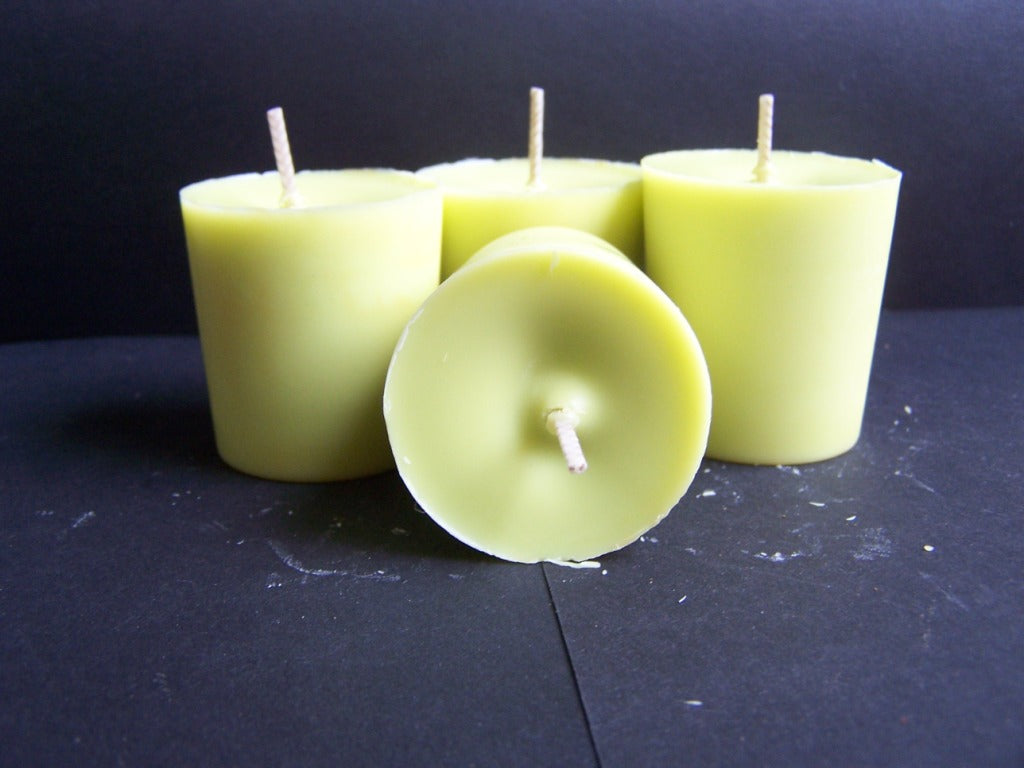Discover the Globe of Crystal Soy Candles and Home Fragrance Thrills
Discover the Globe of Crystal Soy Candles and Home Fragrance Thrills
Blog Article
From Wick to Wax: Recognizing the Chemistry Behind Soy Wax Candles and Their Ecological Effect
As we brighten our spaces with the warm radiance of candle lights, there exists a realm of detailed chemistry behind the seemingly simple act of lighting a soy wax candle light. Join us as we untangle the scientific complexities behind soy wax candle lights and discover their effects on our environment.
Soy Wax Vs. Paraffin Wax
When contrasting soy wax and paraffin wax for candle light production, it is vital to comprehend the unique features and advantages of each product. Soy wax is a natural, renewable resource obtained from soybean oil, making it biodegradable and environment-friendly - soy wax candles. In contrast, paraffin wax is a by-product of petroleum refining, which increases worries about its environmental impact and sustainability
Soy wax candles shed cleaner and give off less residue compared to paraffin wax candle lights, making them a healthier choice for interior air quality. Additionally, soy wax has a lower melting factor, permitting for a longer-lasting candle light that distributes fragrance better. Paraffin wax, on the other hand, tends to shed faster and much less cleanly, potentially launching dangerous chemicals right into the air.
From a sustainability point of view, soy wax is favored for its biodegradability and eco-friendly sourcing, straightening with the growing consumer choice for ecologically conscious items. While paraffin wax has been a conventional choice in candle light making because of its affordability and ease of usage, the change towards eco-friendly choices like soy wax is acquiring momentum in the market.
Chemical Composition of Soy Wax

Combustion Process in Soy Candles
The chemical structure of soy wax straight affects the combustion procedure in soy candles, influencing aspects such as burn time, aroma release, and ecological impact. When a soy candle light is lit, the warm from the fire melts the wax near the wick.
The combustion effectiveness of soy candles is influenced by the pureness of the soy wax and the high quality of the wick. A clean-burning soy candle with an effectively sized wick will generate a consistent flame and lessen residue formation. This not just prolongs the burn time of the candle light but additionally boosts the release of fragrances. In addition, soy wax candles have a reduced ecological impact compared to paraffin candle lights due to their sustainable and biodegradable nature.

Ecological Benefits of Soy Wax

Taken into consideration a sustainable alternative to conventional paraffin wax, soy wax provides significant environmental benefits that make it a popular Homepage choice amongst eco-conscious customers. One considerable benefit of soy wax is its sustainable sourcing. Soy wax is stemmed from soybean oil, which is primarily cultivated in the USA. The farming of soybeans assists support local farmers and reduces the dependency on non-renewable nonrenewable fuel sources made use of in paraffin wax production. Additionally, soy wax is naturally degradable, indicating it breaks down naturally without launching hazardous toxins into the environment. This characteristic makes soy wax candles a much more ecologically pleasant alternative contrasted to paraffin wax candle lights, which are made from oil, a non-renewable resource. Additionally, soy wax burns cleaner and creates less residue than paraffin wax, contributing to far better interior air quality and reducing the demand for cleaning and upkeep. On the whole, the ecological benefits of soy wax line up with the growing need for sustainable and environment-friendly items in the market.
Recycling and Disposal Factors To Consider
Recycling and appropriate disposal of soy wax candles play a critical duty in keeping ecological sustainability and minimizing waste in families and neighborhoods. When it comes to reusing soy wax candle lights, the very first step is to ensure that the candle has actually shed totally.

In regards to disposal, if recycling is not a choice, soy wax candles are naturally degradable and can be safely taken care of in the majority of house waste systems. However, it is constantly recommended to contact local reusing facilities or waste management solutions for certain guidelines on candle light disposal to make sure proper handling and ecological security.
Final Thought
In conclusion, the chemistry behind soy wax click here for more candle lights reveals their environmental benefits over paraffin wax candle lights. Soy wax, originated from soybean oil, burns cleaner and creates less residue when contrasted to paraffin wax. The combustion procedure in soy candle lights is a lot more reliable, causing a longer and a lot more also shed. Additionally, soy wax is sustainable and biodegradable, making it a much more lasting option for candle light manufacturing. Recycling and correct disposal of soy wax candle lights even more add to their environmental effect.
When contrasting soy wax and paraffin wax for candle light production, it is vital to understand the unique features and benefits of each material (soy candles).Soy wax candle lights melt cleaner and discharge much less residue contrasted to paraffin wax candles, making them a much healthier choice for indoor air high quality.Taken into consideration a lasting choice to traditional paraffin wax, soy wax provides noteworthy ecological advantages that make it a click reference prominent selection amongst eco-conscious customers. Soy wax burns cleaner and generates much less residue than paraffin wax, adding to far better indoor air high quality and minimizing the demand for cleansing and upkeep.In final thought, the chemistry behind soy wax candle lights exposes their ecological advantages over paraffin wax candles
Report this page